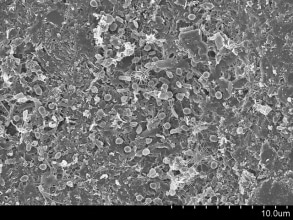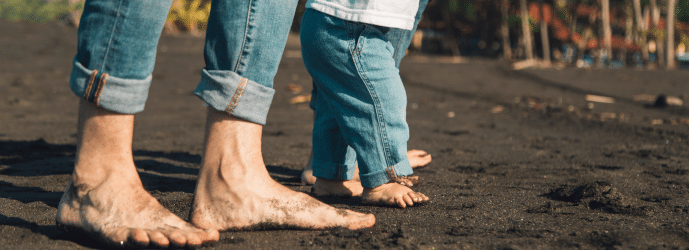As we learned in my previous article, cell culture hoods have many names. As if that wasn’t enough, they are all-too-often misunderstood and mistreated, which can lead to dangerous situations harmful for both the worker and the general lab environment.
Here are three common ways that workers abuse biological safety cabinets; make sure you don’t make the same mistakes that they do:
1. Using Biological Safety Cabinets as Fume hoods
BSCs might be commonly referred to as hoods, but they are very different from the other hoods in the lab: fume hoods. BSCs are used to protect contamination of the work environment by a culture/pathogen (or vice versa, or both). They do this by controlling the flow of air in the required direction and using a HEPA filter to catch the bugs/viruses.
The primary function of a fume hood, on the other hand, is to provide ventilation of substances that should not be inhaled, so that the worker is not exposed to them. To do this they simply draw in air from the lab and pump it out to a chimney.
Enjoying this article? Get hard-won lab wisdom like this delivered to your inbox 3x a week.

Join over 65,000 fellow researchers saving time, reducing stress, and seeing their experiments succeed. Unsubscribe anytime.
Next issue goes out tomorrow; don’t miss it.
BSCs should never be used in place of fume hoods for the handling of noxious chemicals. Nor should fume hoods be used to handle pathogens, as they do not provide filtration of air prior to exhaust.
2. Disrupting the flow.
As discussed in my earlier article, BSCs provide protection using laminar airflow. Air is continuously drawn into the cabinet and, in some models, circulated throughout the cabinet, providing a protective barrier to areas contained between the air currents. In these models, the air current vents are typically found at the front, rear, and sides of the cabinet. All work should be performed towards the middle and rear of the cabinet, away from the vents. BSCs are usually located in areas in the lab with the least amount of foot traffic to prevent air current disturbances. Any disruption in airflow disturbs the protective barrier, and movement into and out of the hood show be minimized. Likewise, air vents, usually covered by grills, should never be blocked, as this will disrupt the flow of air. I can’t tell you how many times I have seen pipettes lying on top of grills!
3. Relying on UV (or forgetting about it altogether)
Many BSCs are equipped with germicidal UV lamps. Manufacturer recommendations are to turn the light on and leave on for 20 minutes after closing down the hood. In fact, many cabinets are equipped with a special feature for this – hold the UV switch down for approximately 5 seconds until it beeps, and the light will turn off after 20 minutes. However, neither the Center for Disease Control nor the National Institutes of Health recommend use of UV lamps for disinfection of cabinets. Concerns have been raised that the UV lamps are not cleaned properly nor tested at regular intervals to ensure that the correct wavelength emission is obtained for disinfection. Concerns have also been raised regarding risk to workers through UV exposure. In my experience, if good laboratory practices are followed and measures are taken to avoid UV exposure (always lower the sash before turning on the lamp, and avoid sitting in front of a cabinet when UV light is on), UV lamps can be used effectively, particularly if the cabinet is chemically disinfected prior to closing the hood. For more information on this topic, see Meecham and Wilson. 2006. Applied Biosafety. 11:222-227.
Have you seen biological safety cabinets / culture hoods mis-used in any other ways? If so, let me know!
You made it to the end—nice work! If you’re the kind of scientist who likes figuring things out without wasting half a day on trial and error, you’ll love our newsletter. Get 3 quick reads a week, packed with hard-won lab wisdom. Join FREE here.








